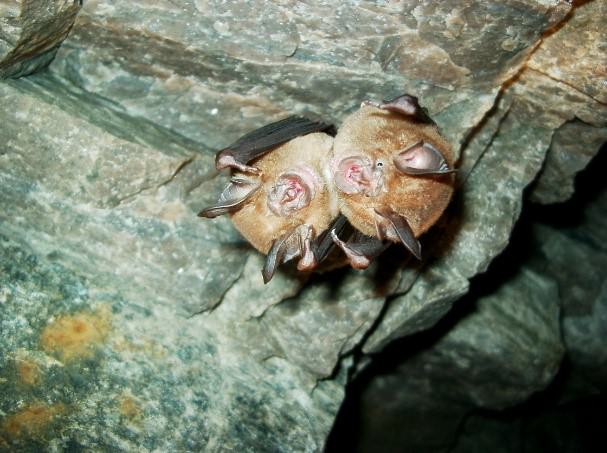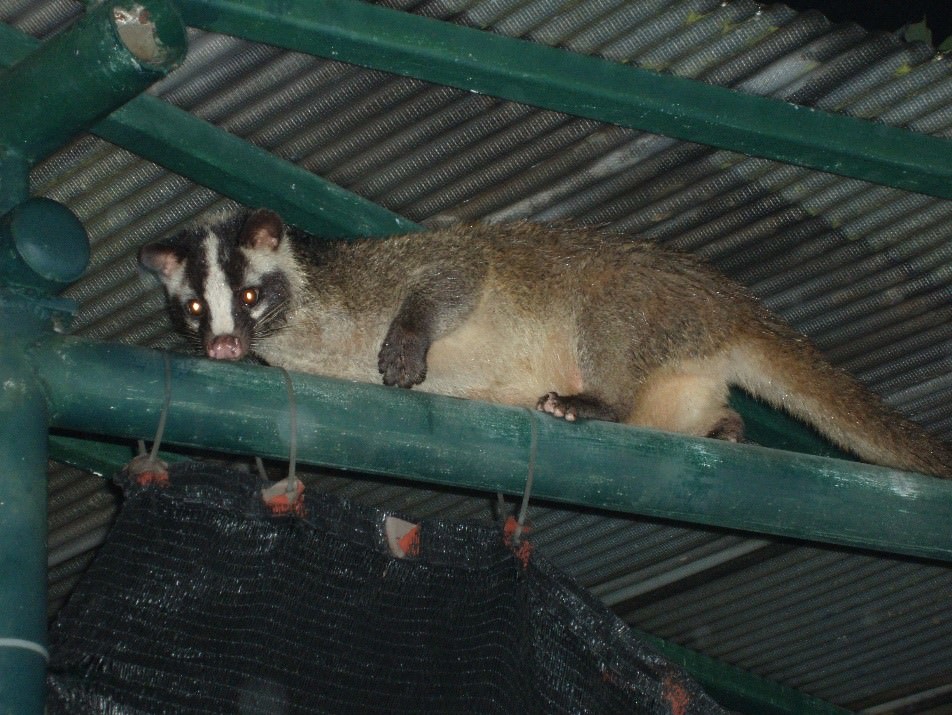Bats and Covid-19 Don’t Panic!
What do we know?
Many people will now be aware that coronaviruses have been found naturally in several species of mammal. Just as humans carry the common cold virus, animals will carry their own viruses. While this is not new to animal biologists and virologists, until fairly recently there was not much public discussion about corona viruses so it is not widely understood.
After spending many years getting to know bats and learning more about the critical role they play in our natural ecosystems I felt it appropriate to help balance the story regarding bats and their connection with coronaviruses.
Corona viruses have been around a long time and have been discovered in bats. They do not seem to cause bats any problems or serious harm, partly due to the fact that the bats and viruses have been living and evolving together and it would not be in the interest of the virus to kill the bat.
Bats have developed resistance to their own viruses, their busy immune systems fight the viruses in the same way that we will build resistance to the common cold. If conditions are created whereby the bat virus can mutate it may then be transmitted to an intermediate host. It is from the intermediate host that the virus might find a pathway to humans after mutating again from the intermediate host. The novel virus surprises the human host as it is not prepared to deal with a virus that it does not recognize, which had originally adapted to bats and their unique metabolisms, perhaps over thousands of years and then adapted again to living in an intermediate host mammal.

Chinese Horseshoe Bats (Photo Credit: KFBG)
Which bats?
A small insect-eating bat belonging to the ‘horseshoe bat’ family (these bats have a nose structure shaped like a horse shoe) became associated with SARS in 2003 as scientists discovered a corona virus in the horseshoe bat which was ‘similar’ to that which caused the SARS outbreak in Hong Kong SAR. It was similar to the virus that affected people but not exactly the same – the word ‘similar’ when applied to viruses can actually mean they are distantly related and this is why we do not normally share wild animal viruses and they do not commonly share human viruses.
The scientists also discovered with SARS that the bats do not directly pass on their viruses to humans and that there must be an ‘intermediate animal or host’ involved in order for transmission to humans to occur. This intermediate host animal was identified in 2003 as the Masked Palm Civet – a mainly fruit-eating wild animal that was commonly sold in the wildlife food markets in China and is native to Hong Kong. The civet virus was believed to have been transmitted to humans in the food market. This suggests that for Covid-19 the original bat corona virus would have been modified and ‘jumped’ twice before it could reach a human host. The key point that I am making is that with our present understanding, coronaviruses are not transmitted directly from wild bats to people and bats should not be unnecessarily targeted for control or harmed by those ignorant about the bat’s relationship and role in transmitting the virus. Humans are unlikely to catch Covid-19 through close contact with a bat, although contact with any wild animal is not recommended.

Masked Palm Civet (Photo Credit: KFBG)
Why mutate?
What causes the mutation that allows a jump to a different species? This is the million-dollar question. We do know that under normal conditions when the wild animal gets on with its own life in its own familiar, natural surroundings, without interference from humans the mutations are unlikely to occur. Viruses already have their work cut out fighting with the specific host immune system responses; they don’t really want to mutate inside the bat or other mammal only to be kicked out to search for another host!
Scientists are still not sure exactly how Çovid-19 came about but they know that in order to create the mutated virus, a number of conditions are likely to have prevailed together. The mixed animal species would be in close contact, under stress, possibly injured and in fairly unhygienic conditions, with people nearby. Also, if the wild animals are injured and suffering, as is common in these wildlife food markets they are likely to have low immune protection and are therefore more likely to become sick and shed the ‘mutated’ virus, which could then be picked up by the workers and customers in the wild animal food market.
The marketplace is like the “soup bowl” and if all the ingredients are in place there is a chance that a new (or novel) virus will emerge. We knew this in 2003 and unfortunately these unhygienic and cruel markets conditions have remained since then and now we have the novel virus Coivd-19 to deal with.
With Covid-19 there is thought to be the same historic Bat connection as with SARS, and like SARS the bats do not directly pass the virus to humans. This time it is thought that the Pangolin (a scaly ant eater) “could” be the intermediate host, as the Civet was in 2003, although genetic scientists examining the initial research data, resulting from the DNA analysis of the pangolins in the Wuhan Market, have cast doubt on that initial finding.
Scientists are still trying to confirm if the pangolin had a significant role (see articles at links below). If the intermediate host turns out to be a pangolin there is irony in the fact that this maligned ant-eating mammal has been rapidly pushed to the edge of extinction due to illegal harvest and consumption for presumed medicinal values. There is no scientific proof of these values and Pangolin scales, which are an ingredient in Traditional Chinese Medicine (TCM), are actually modified hairs and as such made of keratin, the substance that forms our fingernails.
_Gary-Ades_Sekkong_40(1)_cropped-(1).jpg)
Chinese Pangolin (Photo Credit: KFBG)
What can we do?
Clearly if we leave the bats alone and leave the civets and other wild mammal in the forests where they belong these new or novel viruses would be far less likely to appear, there would be no forced mixing of animal species in food markets and in turn less chance of a new or novel virus emerging.
It is important that a balanced story is shared during these times as there is no reason for hysteria. Often the hysteria is borne from ignorance and misunderstanding and uninformed people writing and sharing stories on the internet as ‘Click Bait’.
This Covid-19 outbreak period is not a time to mistrust, blame and disconnect from nature but a time to reflect on what the human race has been doing to nature, and to heed the warnings that we have all been given. The often cruel and inhumane exploitation of wild animals should be catalogued and locked in a drawer and remain an unsavoury period in the history of the human race. We should all learn, and we will, from the Covid-19 experience and appreciate the need to live in balance and harmony with nature.
A final positive word about bats, which by the way are all protected by law in Hong Kong – did you know that all insect eating bats help to regulate insect numbers (one tiny bat can eat over 3,000 mosquitoes in one night) and fruit bats disperse tree seeds so that our forests can grow and combat human-caused climate change; they also pollinate flowers - they have been doing this for millions of years providing immense benefits to the natural world and, in turn, the human race.
By Dr. Gary Ades, Head of Fauna Conservation Department of KFBG
———————————
Related Reads
- Nature Publication – this is a good article which provides details about the animals that carry corona viruses and reviews the transmission from animals to people.
https://go.nature.com/39VpO9f - This article also provides facts about corona viruses and its relationship with host animals and humans.
https://bit.ly/2xzvCqC - This recent SCMP discusses the recent wildlife trade ban announced by the People’s Congress in Beijing. The food markets and the wild animal trade not only create the conditions for new viruses to emerge but also cause great suffering to the wild animals that are often caught in leg traps and snares and transported in small cages to reach the food markets – the trade ban will benefit humans and the wild animals alike.
https://bit.ly/2Wh6vn1

